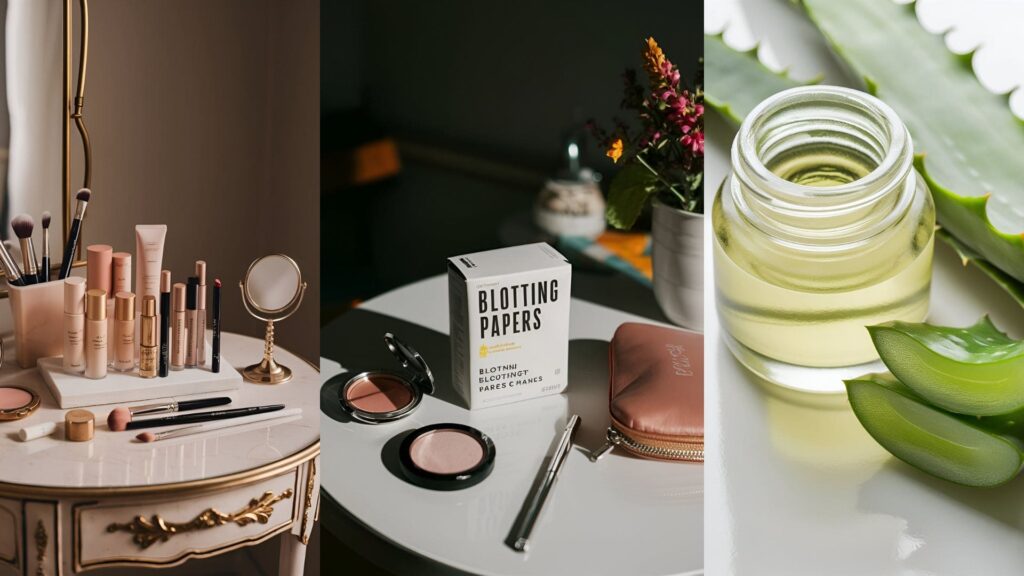Waxing is one of the most popular methods for achieving smooth and hair-free skin, but it’s, obviously, not without its challenges.
Whether you’re a seasoned pro or just a beginner, getting the best results while minimizing discomfort requires some know-how.
In this guide, I’ve compiled 20 tips for waxing that will cover everything from preparation and technique to aftercare, ensuring that your waxing experience is as effective and painless as possible.

Tips For Waxing
1. Exfoliate Beforehand

Firstly, before waxing, gently exfoliate your skin, as this helps remove dead skin cells while allowing the wax to grip the hair better, leading to a smoother finish.
2. Wax in a Cool Environment

Waxing in a cool environment is ideal, as it helps the wax set properly and makes the process more comfortable. Heat may cause the wax to melt too quickly, making it difficult to remove effectively.
3. Breathe Deeply During the Waxing Process

Breathing deeply will help you manage the discomfort during waxing. You should try inhaling deeply just before pulling the wax off, and exhale as you remove it. This may help reduce pain.
4. Stay Hydrated for Better Results

Drinking plenty of water before waxing can improve your skin’s elasticity that will make the process less painful and much effective. Hydrated skin is more resilient and less prone to irritation.
5. Wax at Night for Better Recovery

Waxing at night will allow your skin to recover while you sleep. You’re less likely to expose your skin to irritants like sunlight or simple sweat, making nighttime the ideal time to wax your skin.
6. Use Baby Powder to Prep Oily Skin
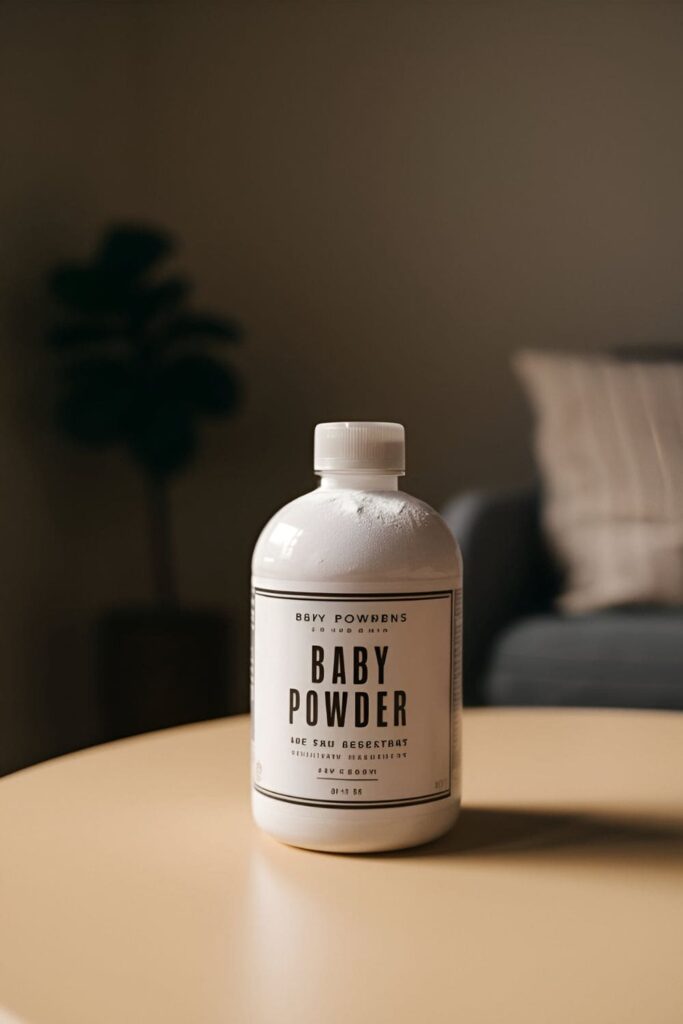
If you have oily skin, it’s good to dust a little baby powder on the area before applying wax because the powder absorbs excess oil, helping the wax adhere better to the hair.
7. Avoid Caffeine Before Waxing

Try to avoid caffeine before waxing, as it will make your skin more sensitive. Caffeine stimulates the nervous system, which may heighten your sensitivity to pain during the waxing process.
8. Stay Calm and Relaxed During Waxing

Staying calm and relaxed during waxing may help minimize pain. Tension can make the process more uncomfortable, so try deep breathing, listening to calming music, or even practicing mindfulness as you wax.
Related: Skin Care Hacks With Honey
9. Follow Up with Gentle Skincare Products
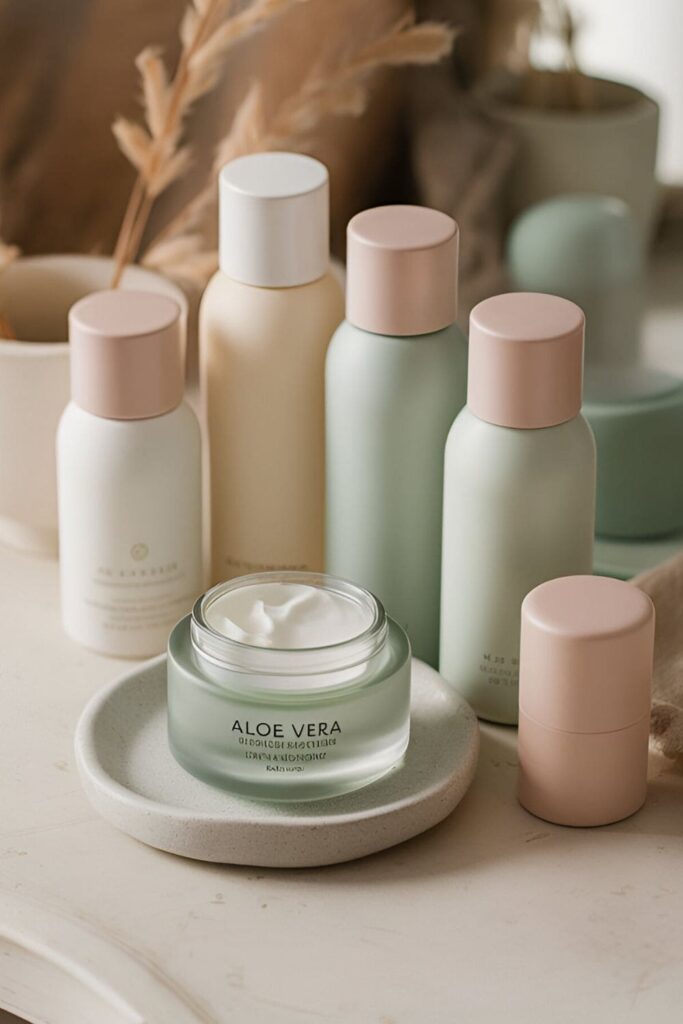
After waxing, you should use gentle skincare products to cleanse and moisturize the area and avoid anything with alcohol or strong fragrances, as there’s a high chance that these products can irritate your skin post-waxing.
10. Don’t Wax Too Frequently
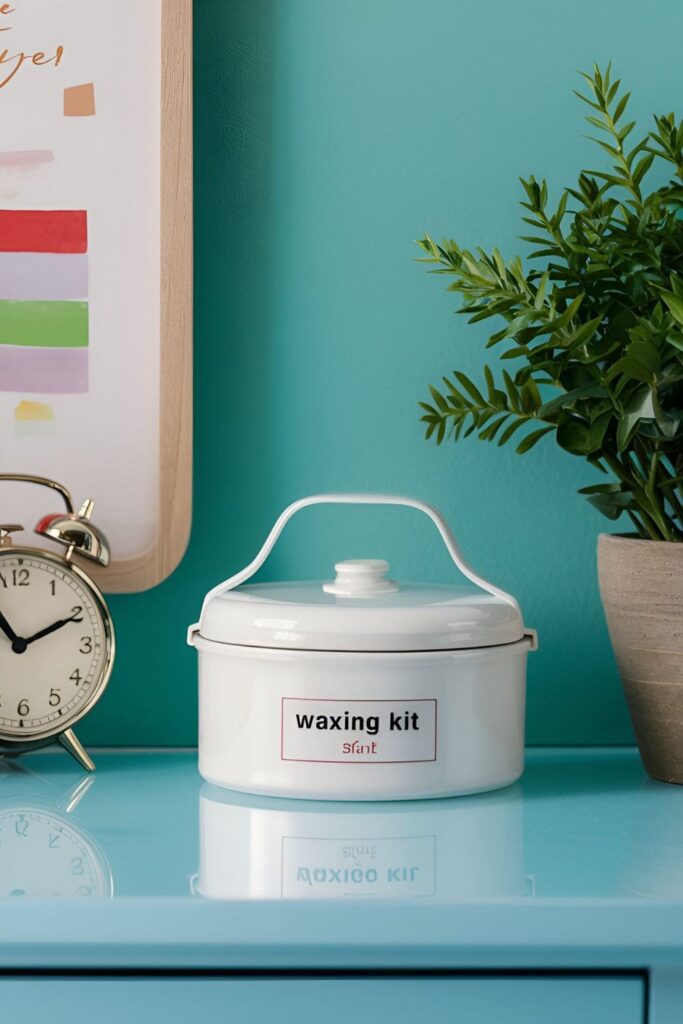
You may allow your hair to grow to the appropriate length before your next waxing session, as waxing too often may irritate your skin and doesn’t allow enough hair growth for the wax to properly grip and remove it.
12. Know When to Seek Professional Help
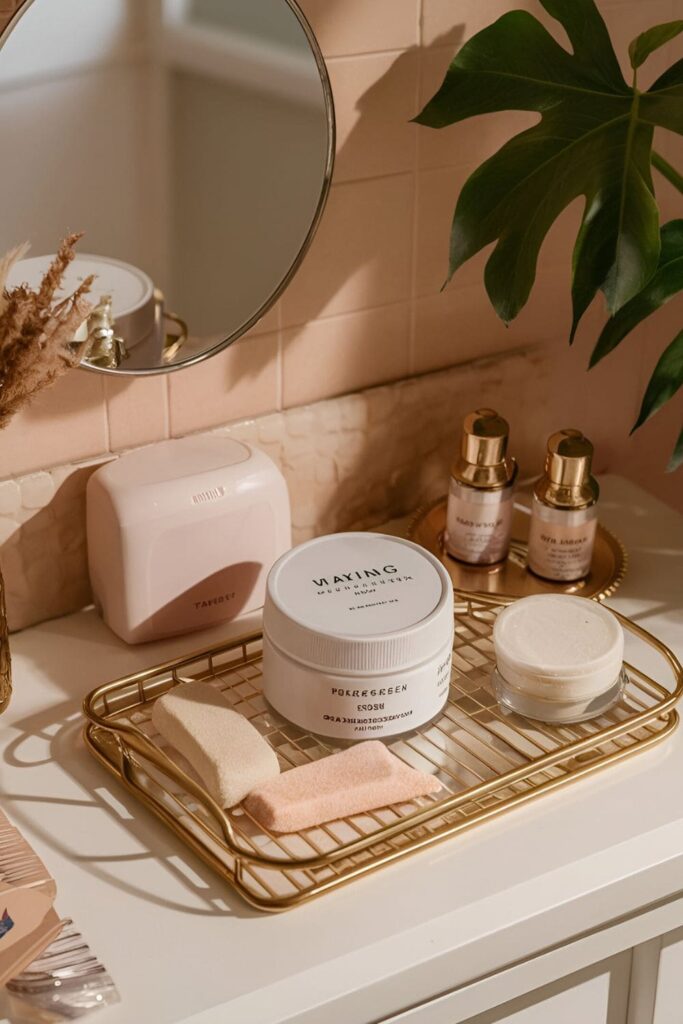
If you experience severe irritation, persistent ingrown hairs, or any other complications, it’s best to seek professional help. A licensed esthetician will provide treatments or advice to help manage these issues.
13. Use After-Wax Lotions with Soothing Ingredients

After waxing, it’s good to apply a lotion with soothing ingredients like aloe vera or tea tree oil, as these ingredients help calm the skin, reduce redness, and prevent irritation or breakouts.
14. Avoid Touching Freshly Waxed Skin
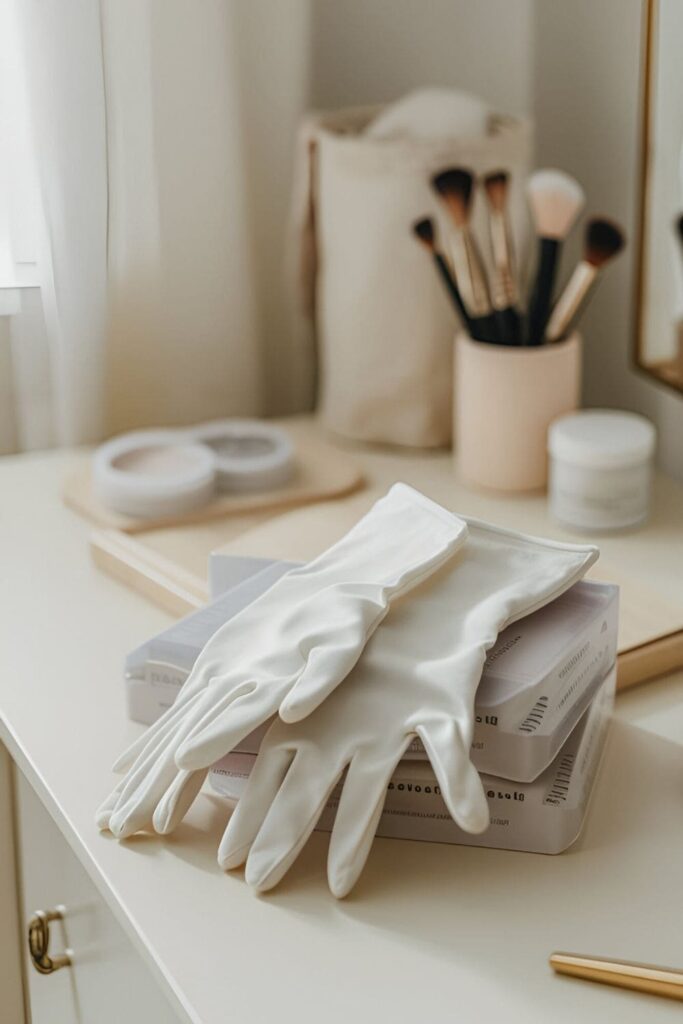
After waxing, try to avoid touching the waxed area with your bare hands, as there’s a high chance of transfering bacteria to the waxed skin, leading to potential breakouts or irritation.
15. Moisturize Regularly to Maintain Skin Health

Keeping your skin moisturized is very important for maintaining its health and elasticity, which makes waxing easier and less painful.
You should choose a lightweight, non-comedogenic moisturizer to keep your skin hydrated without clogging pores.
16. Avoid Chemical Exfoliants Immediately After Waxing

After waxing, steer clear of chemical exfoliants like alpha hydroxy acids (AHAs) or beta hydroxy acids (BHAs) for a few days. as these may further irritate the skin and should be used sparingly.
17. Use Warm Compresses to Soothe Skin
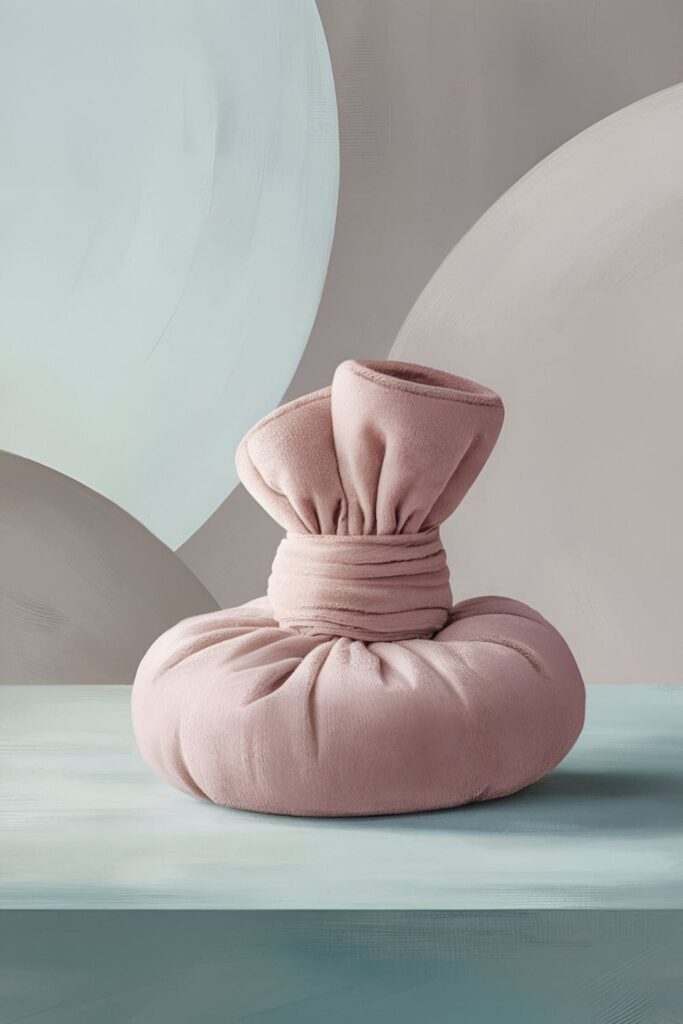
If you experience significant discomfort after waxing, apply a warm compress to the area. This will help relax the skin and soothe any lingering pain or discomfort.
18. Listen to Your Body’s Signals

Pay attention to how your skin reacts to waxing and adjust your routine accordingly. If you notice persistent issues or severe discomfort, it is time to consult with a professional.
19. Educate Yourself on Different Wax Types

There are various wax types like soft wax, hard wax, and sugar wax, so, understanding the differences and choosing the right one for each area will enhance your waxing experience and results.
20. Be Prepared for Possible Aftercare Issues

Be aware that some people experience issues like bumps or mild irritation after waxing, that’s why it’s good to have a soothing cream or treatment on hand to address these potential issues and promote healing.
Related: Skin Care Tips For Acne
Conclusion
These waxing tips will provide even more insight into achieving the best possible results from your waxing routine. By including these practices, you will ensure your skin stays smooth, healthy, and irritation-free.
Waxing can be quite a rewarding part of your beauty routine when done correctly, and with these waxing tips, you’re well on your way for mastering it.

